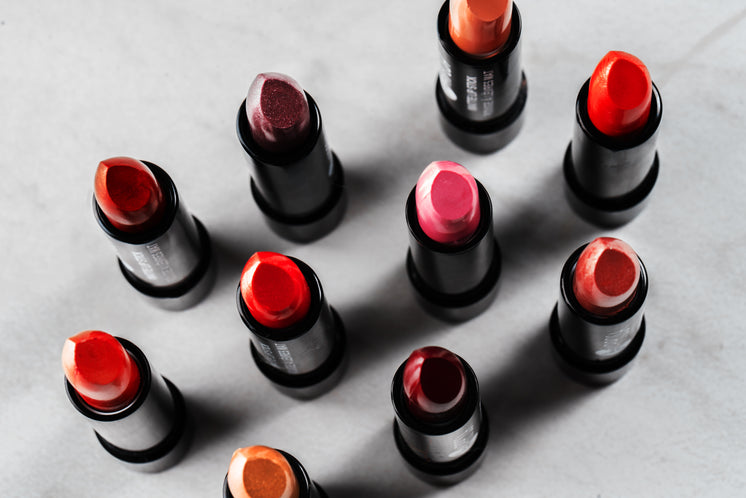Oil is the primary ingredient of most lipsticks. The most popular types include vegetable oil, castor oil and lanolin. Other types use mineral oil, or pure cocoa butter, a waxy substance that permits the creation of any color. Lipsticks come in a variety of shades and cover. Pigments are used to add color and give the formula with shine. Certain manufacturers add a some scent and color to their formulas, while other manufacturers do not add any.
The raw ingredients for Cheap lipstick creating lipstick colour are mixed together and melt in separate containers. Once the mixture is cool it is then poured into molds. The mix is then packaged and is ready for sale. The raw materials are cooling during the manufacturing process before going into the mill. The mill uses rollers to grind the pigment, and then also to add air to the mix. This results in a deep, reddish colour.

Lipsticks are dyed along with pigments and waxes. They add color to the product, however they make up a smaller percentage of the total composition. Although pigments can be solid, they can also be liquid and can be found in various types. One instance of a pigment is carmine red, Cheap Lipstick which is also known as carmine acid. It comes from the bodies of cochineal insects, which are scale insects. The body of the insect is simmered in ammonia or sodium carbonate solution, and then passed by an Aerator. To ensure consistency Alum is added to the mixture when drying.
The pigments that are used in the production of lipsticks are extracted from different sources. The primary colorant is eosin. It’s an red dye that reacts with amine groups within skin proteins, resulting in deeper red hue. If applied to sensitive skin, it is not easily dissolvable and can cause irritation. To create a variety in hues of red, mix various types of pigments. This process could take several days.
Oil is the most important component in lipsticks. Its primary function is to protect the lips from sun damage and lipstick to soothe the skin. This kind of pigment is commonly used in cosmetics. However, the ingredients used to make the lipstick vary greatly. While most ingredients are natural however, there are some that contain artificial ingredients. Some ingredients might be made from synthetic substances or produced in the lab. The most well-known formulas are made up of synthetic ingredients. The formulas used in the production of cosmetics are made with vegetable oils.
The ingredients used in lipsticks are crucial. They impact the way that the product is applied or spread, as well as shine. High molecular weight emollients are more stable and can be spread quickly on skin. Additionally, they stop feathering and bleeding. When a lipstick is produced, it is passed through a milling machine. The process crushes the pigment and introduces air into the mix. The lipstick will become opaque, but it will appear dry and dry and crumbly.
The Cheap Lipstick ingredients are made up of various types of waxes. Lipstick waxes are available in two forms of insoluble and soluble. They are produced from animal and plant sources. The ingredients in particular colors are usually derived from oils and minerals. In some cases there are natural ingredients used. This is true for several cosmetic products. Organic products are more sustainable for the earth. There are more trees in their gardens that are resistant to pesticides and other chemicals.
The emollients in a lipstick are crucial in the application, spreading and the sheen of the colour. Since they impact the look of the product they’re an essential element. They are vital to create vivid colors. Because of this, Emollients that are used in cosmetics are essential for avon lipstick the success of a cosmetic. These waxes can be used to create the colour of lipstick.
Lipstick ingredients are classified by their melting point. The most commonly used waxes include carnauba, candelilla, beeswax, and ozokerite. A high melting point indicates that the lipstick is more difficult to apply than a lighter one. It is crucial to examine the melting point of a particular product to determine if it is suitable for your skin. It is not recommended to purchase a product with a low melting point.